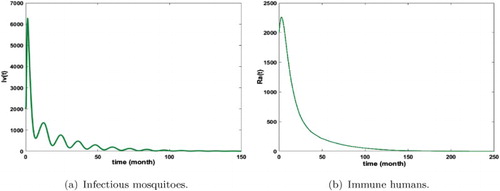Figures & data
Figure 1. Transfer diagram: the solid arrows represent the transition from one class to another and the blue dashed arrow represents the eggs laying of female mosquitoes.
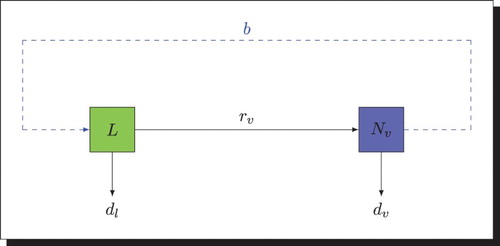
Table 1. Values for constant parameters of the model.
Figure 2. Transfer diagram: the black dashed arrows indicate the direction of the infection, the solid arrows represent the transition from one class to another and the blue dashed arrow represents the eggs laying of female mosquitoes.
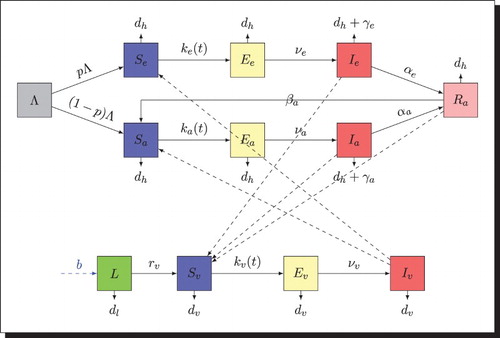
Figure 3. Distribution of infected non-immune with and
. The initial conditions are given by
. We obtain
and
. (a) Exposed non-immune and (b) infectious non-immune.
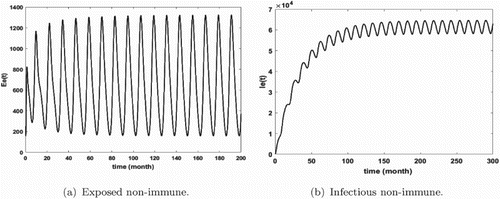
Figure 4. Distribution of infected semi-immune with and
. The initial conditions are given by
. We obtain
and
. (a) Exposed semi-immune and (b) infectious semi-immune.
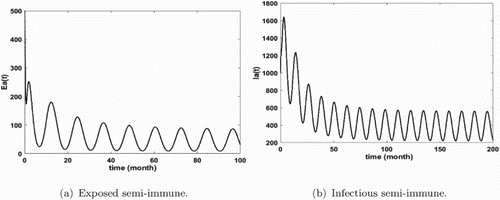
Figure 5. Distribution of infected mosquitoes with and
. The initial conditions are given by
. We obtain
and
. (a) Exposed mosquitoes and (b) infectious mosquitoes.
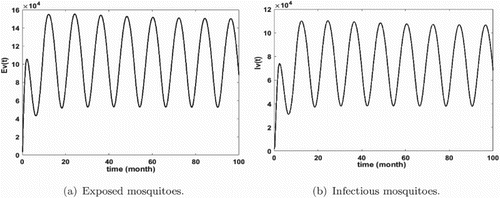
Figure 6. Distribution of infected non-immune with . The initial conditions are given by
and
. We obtain
and
. (a) Exposed non-immune and (a) infectious non-immune.
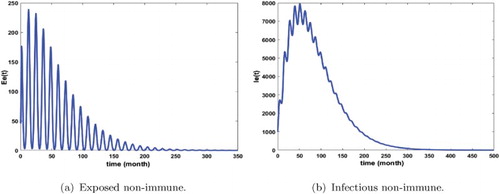
Figure 7. Distribution of semi-immune infected with . The initial conditions are given by
and
. We obtain
and
. (a) Exposed semi-immune and (b) infectious semi-immune.

Figure 8. Distribution of infected mosquitoes with . The initial conditions are given by
and
. We obtain
and
. (a) Exposed mosquitoes and (b) infectious mosquitoes.
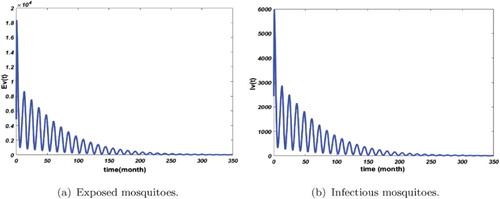
Figure 9. Distribution of infected non-immune and semi-immune with and
. The initial conditions are given by
and
. We get
and
. (a) Infectious non-immune and (b) infectious semi-immune.
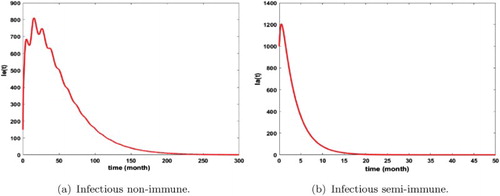
Figure 10. Distribution of infected mosquitoes and immune humans with and
. The initial conditions are given by
and
. We get
and
. (a) Infectious mosquitoes and (b) immune humans.
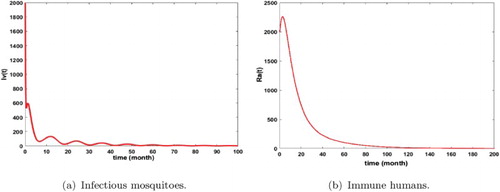
Figure 11. Distribution of infected non-immune and semi-immune with and
. The initial conditions are given by
and
. We get
and
. (a) Infectious non-immune and (b) infectious semi-immune.

Figure 12. Distribution of infected mosquitoes and immune humans with and
. The initial conditions are given by
and
. We get
and
. (a) Infectious mosquitoes and (b) immune humans.
